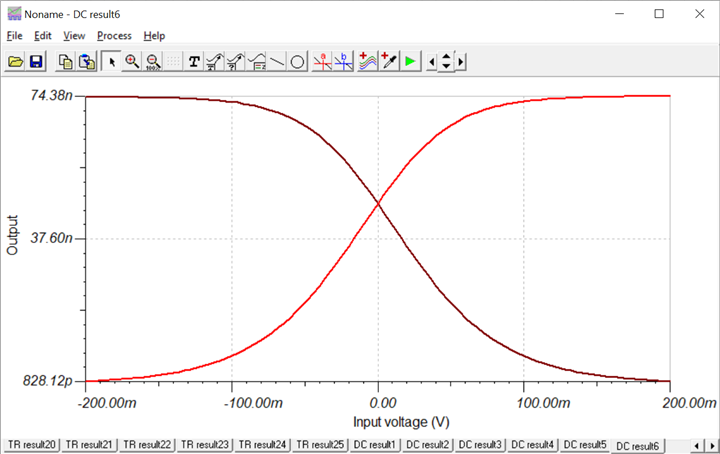Dear Support,
in many circumstances and with different op-amps, I have experienced instability in non-inverting amplifier when the coax cable connected in input exceeds a given lenght (tipically >1m).
Such instability, generating oscillations at very high freq, cannot be fixed by using classic countermeasures (compensation capacitors across feedback resistor, small capacitor across
output and inverting pin, in-tje-loop compensation, ...). However, a small-value series resistor (100 ohm works most of the time) between the coax and the non-inverting input fixes the issue.
In many TI app notes it is clearly stated that input capacitance on non-inverting pin does not affect the op-amp stability. So, the problem should not be Cstray. So, what does it makes a stub of
coax cable (even undriven and left floating!) so effective in making a non-inverting op-amp a disgusting oscillator ? Could you please explain the theory behind that ? Why a 100-ohm resistor does the magic ?
Thank you so much for shedding light in the darkness...
Alberto




